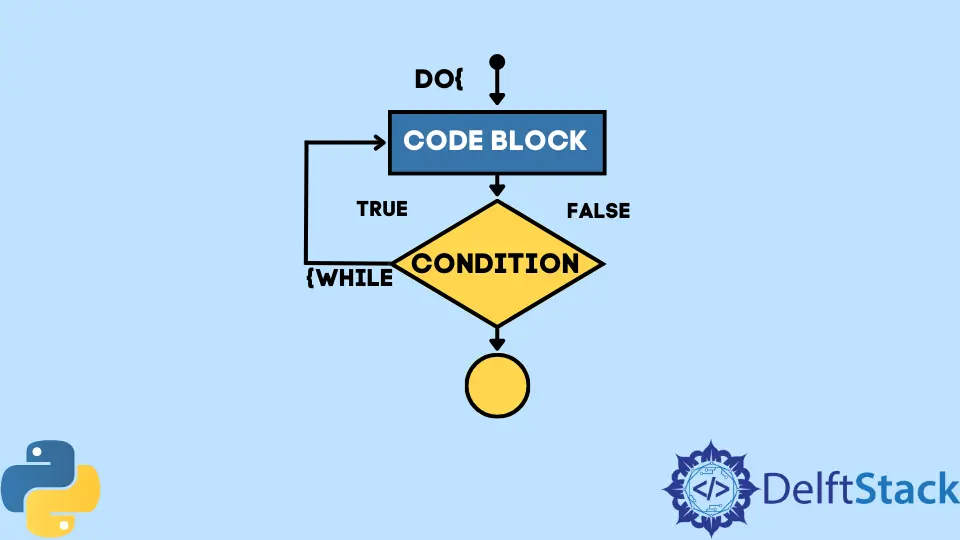Python 中的 do...while 迴圈
Manav Narula
2023年10月10日
Python
Python Loop

在幾乎所有程式語言中,迴圈都是非常常見且有用的功能。我們有入口控制的迴圈和出口控制的迴圈。do-while 迴圈就是後者的一個例子。這意味著與 while 迴圈不同,後者是一個入口控制的迴圈,do-while 迴圈在迭代結束時測試條件,並且無論條件如何,迴圈至少執行一次。
預設情況下,Python 中不存在 do-while 迴圈,但是我們可以使用 while 迴圈生成一些程式碼,以使某些事情可以充當 do-while 迴圈。
在下面的程式碼中,我們嘗試模擬一個 do-while 迴圈,該迴圈將列印從 1 到 10 的值。
x = 0
while True:
print(x)
x = x + 1
if x > 10:
break
輸出:
0
1
2
3
4
5
6
7
8
9
10
在上述方法中,我們將條件設定為 True,以便使 while 迴圈至少執行一次,然後在迴圈中,我們測試條件以停止迴圈。一旦滿足所需條件,此處的 break 語句用於從迴圈中跳出。
我們可以避免使用 break 語句並建立如下所示的內容來模仿 do-while 迴圈。
x = 0
condition = True
while condition == True:
print(x)
x = x + 1
if x > 10:
condition = False
輸出:
0
1
2
3
4
5
6
7
8
9
10
以上兩種方法都實現了 do-while 迴圈的效果。它允許我們從 while 迴圈中建立一些東西,從而可以實現 do-while 迴圈的預期效果。
Enjoying our tutorials? Subscribe to DelftStack on YouTube to support us in creating more high-quality video guides. Subscribe
作者: Manav Narula
Manav is a IT Professional who has a lot of experience as a core developer in many live projects. He is an avid learner who enjoys learning new things and sharing his findings whenever possible.
LinkedIn